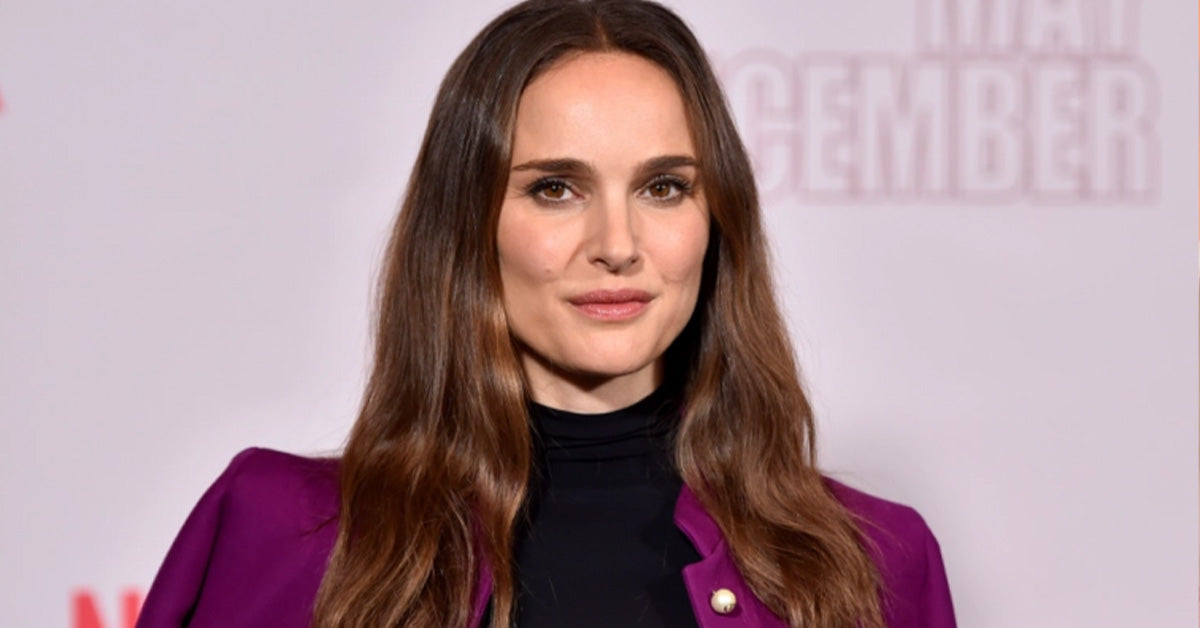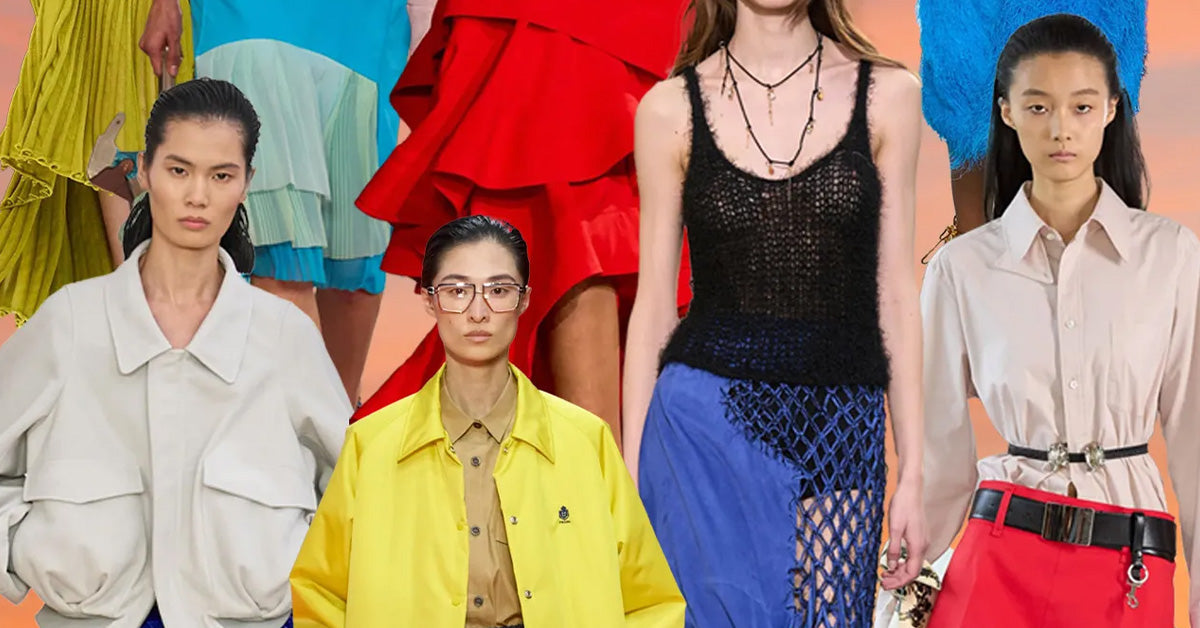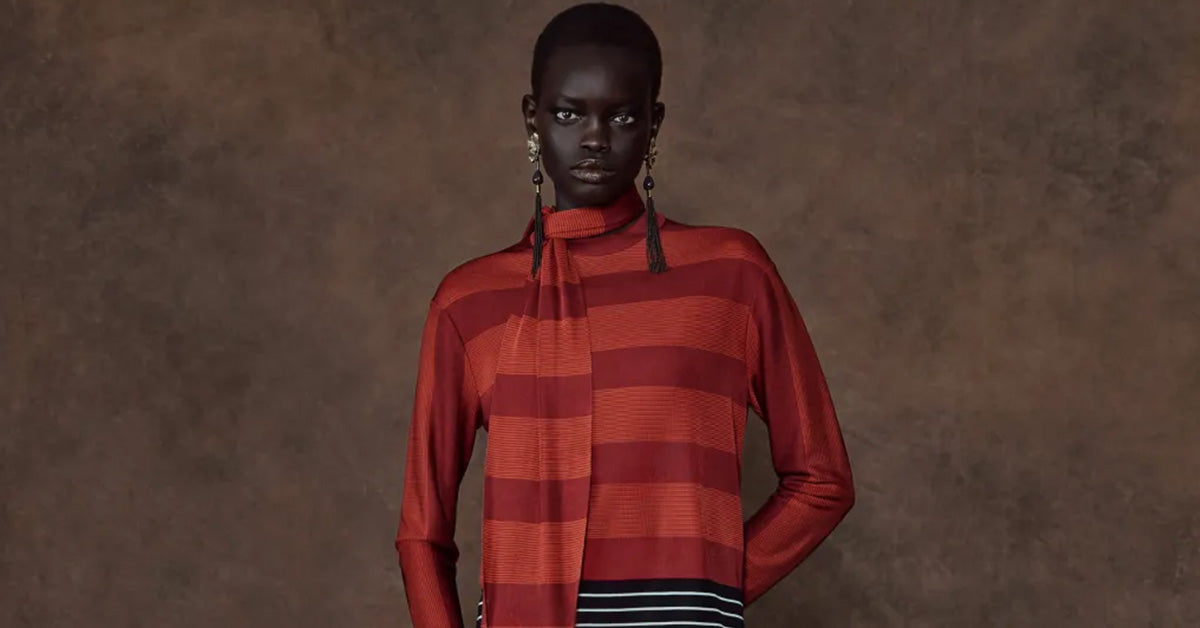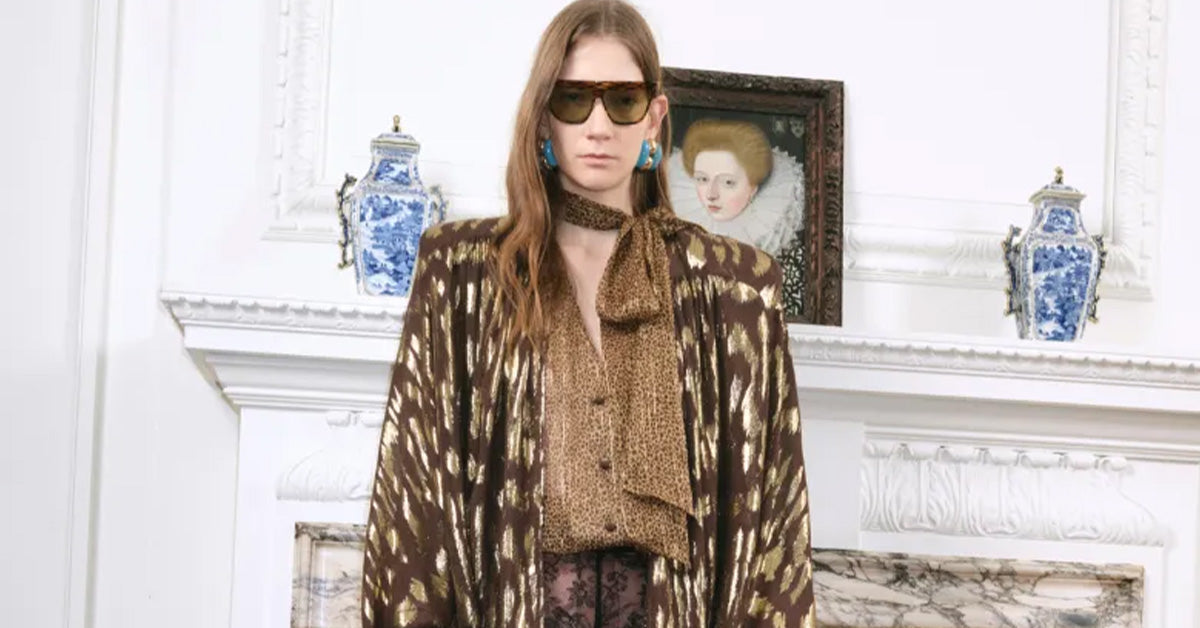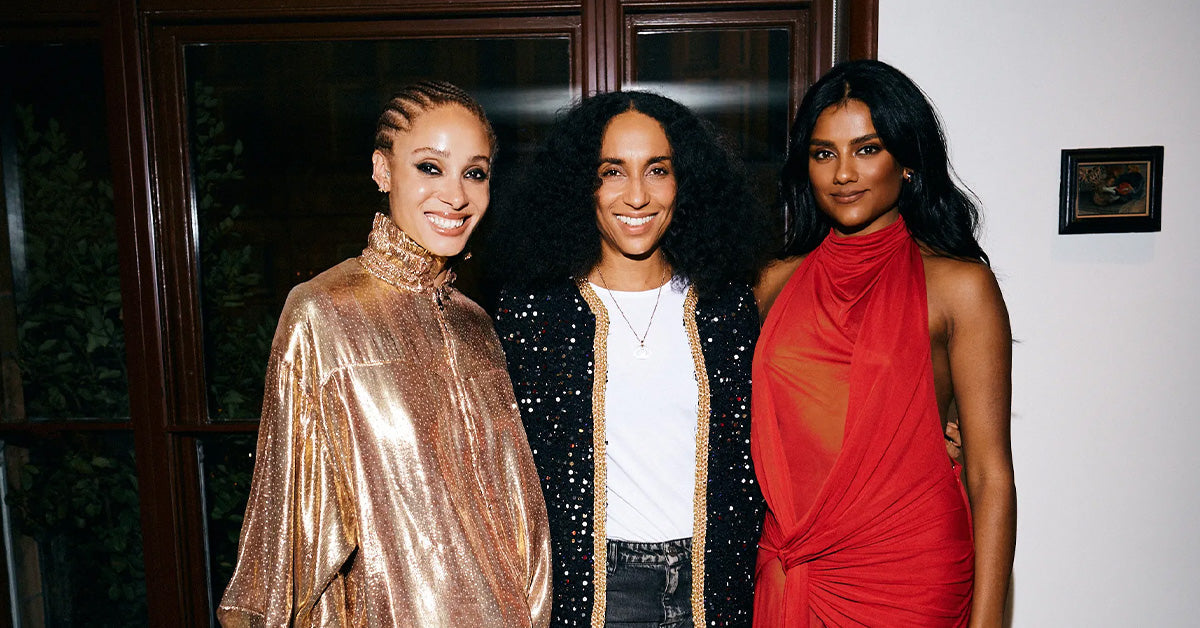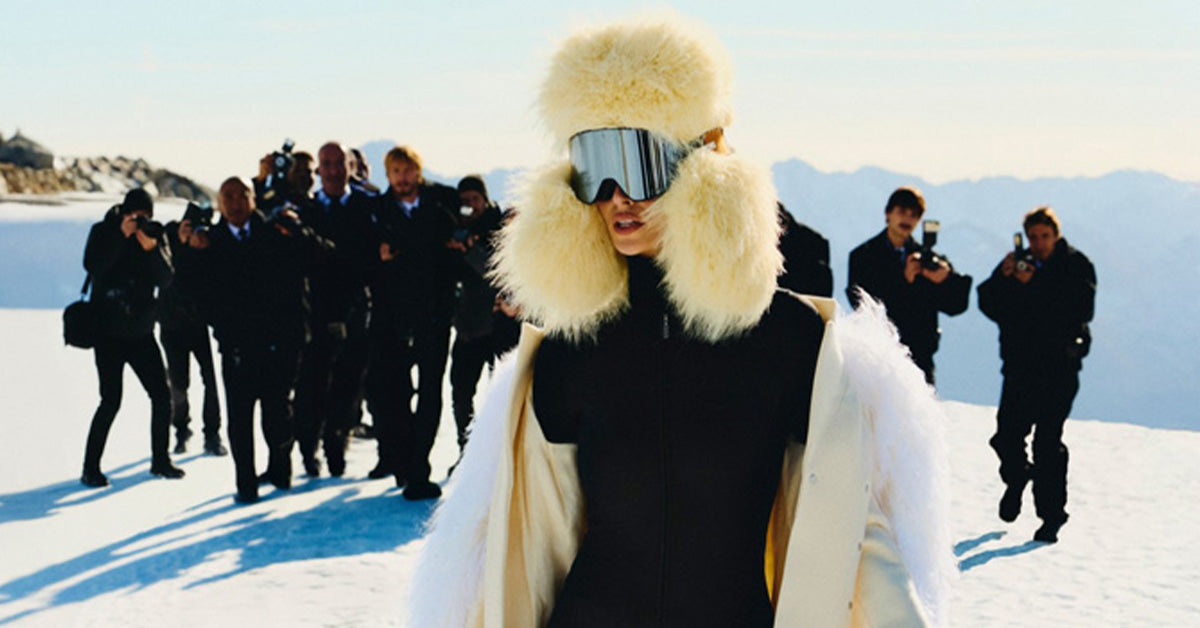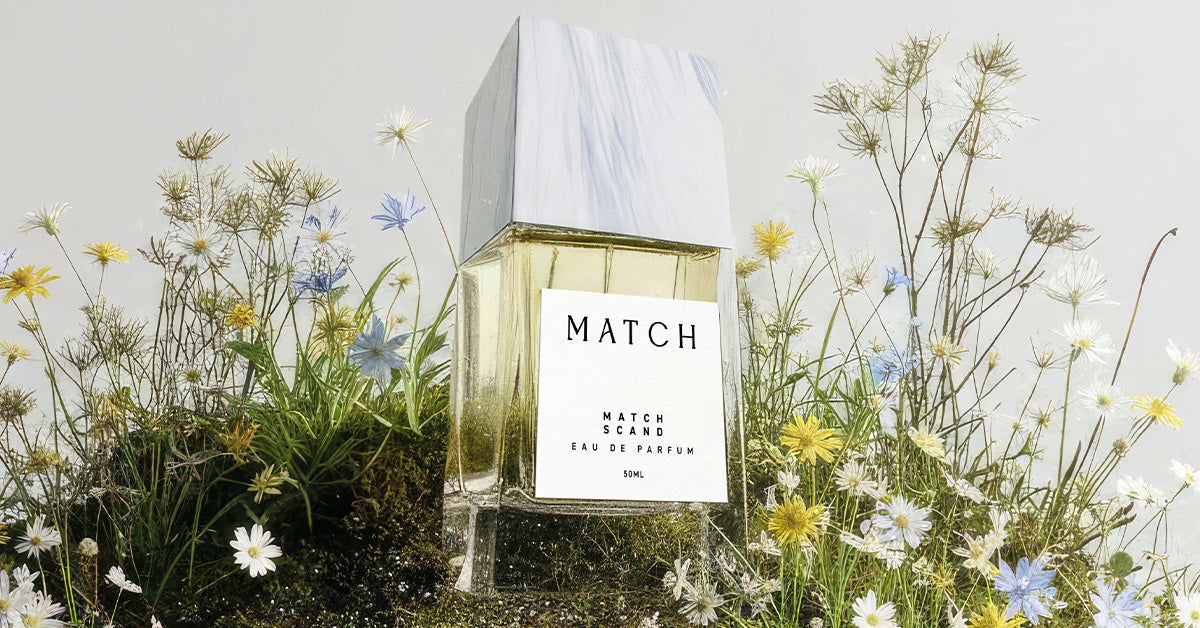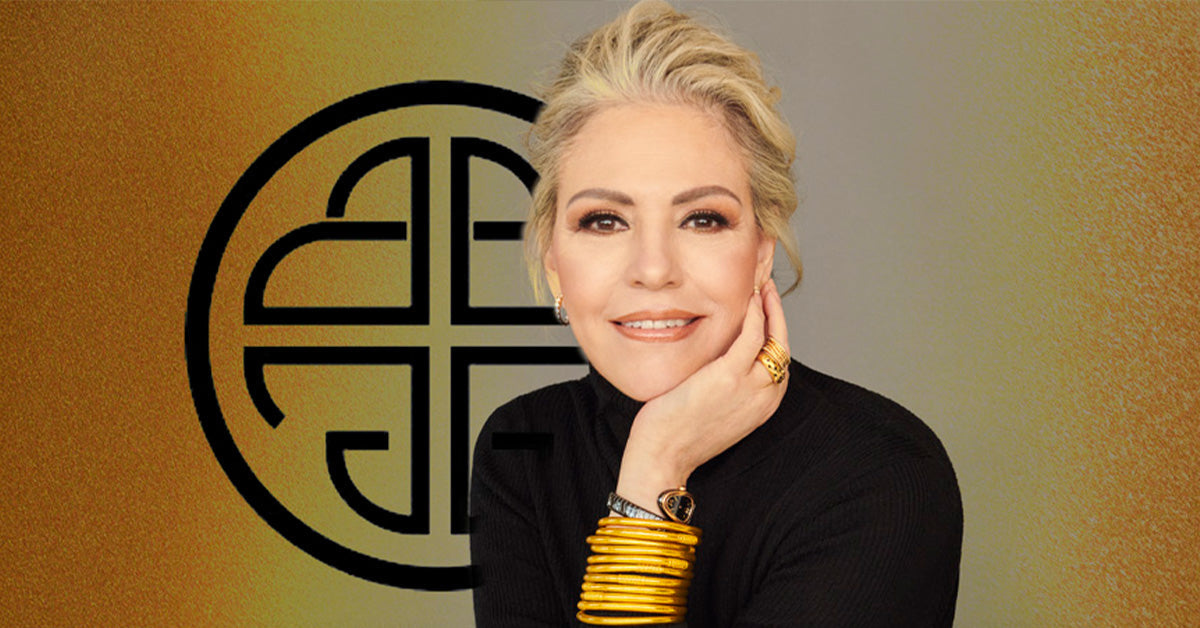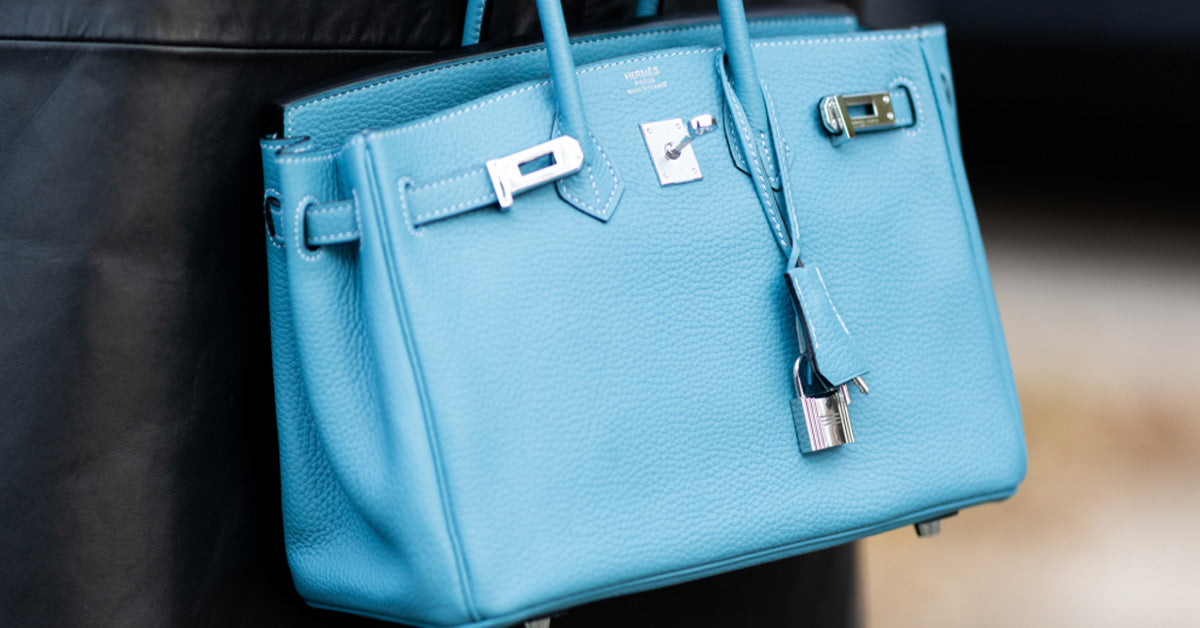Few garments have had as much cultural significance and practical utility as the coat. Whether it's keeping you warm during chilly winters or adding a touch of elegance to your outfit, coats are a staple of both fashion and functionality. But what exactly is a coat? How has it evolved, and what do you need to know to master this timeless piece of outerwear? In this blog post, we’ll dive deep into the world of coats, exploring their history, types, and styling tips.
What is a Coat?
A coat is a type of outerwear designed to be worn over other clothing for warmth, protection, or style. Typically, coats are long garments that extend below the waist, though their length and design vary widely depending on the occasion, season, and cultural context. Coats are often made from thicker fabrics like wool, leather, or tweed to shield the wearer from cold temperatures and harsh weather conditions.
The History of Coats
The origins of the coat date back centuries, evolving alongside human needs and societal changes. Early coats were primarily functional, designed to protect individuals from harsh climates.
- Medieval Era: Coats were simpler garments worn by knights and peasants alike. They were often made of heavy fabrics like wool and featured a loose, tunic-like design.
- 17th and 18th Centuries: As tailoring advanced, coats became more structured, featuring fitted waists, buttons, and lapels. They were worn by aristocrats as symbols of status.
- Modern Era: By the 20th century, coats evolved into a fashion statement, with designers creating iconic styles such as trench coats and pea coats.
Popular Types of Coats
Coats come in a variety of styles, each serving a specific purpose. Here are some of the most popular types of coats:
- Trench Coat: Originally designed for military use, trench coats are lightweight, water-resistant, and feature a belted waist for a sophisticated look.
- Pea Coat: A classic naval-inspired design, pea coats are typically made from wool and feature a double-breasted front.
- Parka: Perfect for extreme cold, parkas are insulated and often feature fur-lined hoods for added warmth.
- Duster Coat: Known for its long, flowing silhouette, duster coats are perfect for layering and provide a dramatic flair.
- Overcoat: A formal option, overcoats are typically worn over suits and are made from heavy materials like wool or cashmere.
How to Style a Coat
Styling a coat depends on its type and the occasion. Here are some tips to ensure you look chic and confident while wearing one:
- Layering: Pair your coat with complementary layers such as sweaters, scarves, and gloves for a polished winter look.
- Color Coordination: Neutral-colored coats like black, beige, or gray are versatile and pair well with almost any outfit.
- Accessorize: Add a statement belt or brooch to elevate your coat’s style.
- Footwear: Match your coat with appropriate footwear, such as boots for colder months or loafers for a formal look.
Why Every Wardrobe Needs a Coat
A coat is more than just a garment—it’s an investment. Here are a few reasons why every wardrobe should include at least one high-quality coat:
- Versatility: Coats can be styled for casual, formal, and semi-formal occasions.
- Practicality: They provide essential warmth and protection during colder months.
- Timeless Appeal: Many coat designs, such as trench coats, never go out of style.
- Statement Piece: A well-chosen coat can elevate any outfit, making you stand out effortlessly.
FAQs About Coats
-
1. What is the difference between a jacket and a coat?
A jacket is typically shorter and lighter, designed for less extreme weather, while coats are longer and heavier, offering more warmth and protection.
-
2. How do I choose the right coat for winter?
Look for coats made from insulated materials such as wool or down, and choose styles with added features like hoods or fur linings for extra warmth.
-
3. Can coats be worn year-round?
While heavier coats are ideal for winter, lightweight options like trench coats or duster coats can be styled during spring and fall.
-
4. How do I care for my coat?
Always follow the care instructions on the label. Most coats require dry cleaning, but some can be hand-washed or machine-washed on a gentle cycle.
-
5. Are coats a good investment?
Yes! High-quality coats are durable, timeless, and versatile, making them a smart addition to any wardrobe.
In conclusion, coats are a cornerstone of fashion and functionality. Whether you're braving the winter chill or making a style statement, the right coat can transform your outfit and keep you comfortable. With so many options available, there's a coat for every occasion and personal style. So, invest wisely and embrace the timeless appeal of this essential garment.

